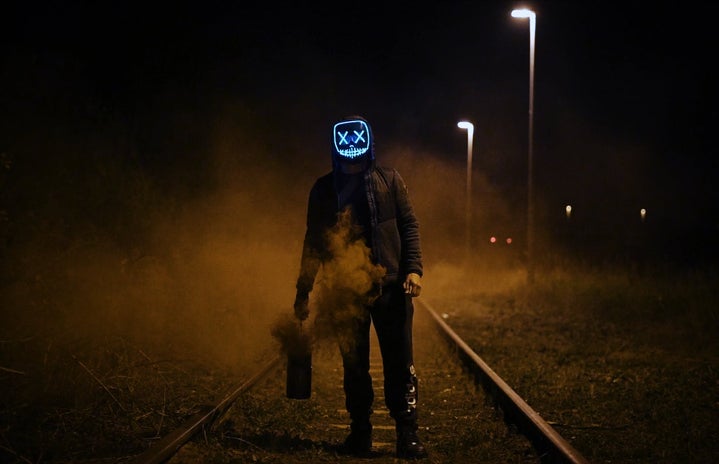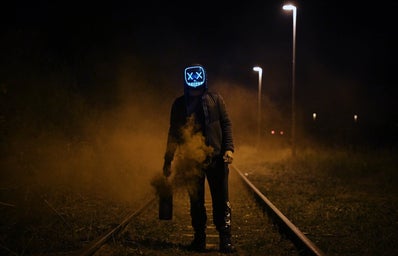October is a great time to relax with a good horror movie, one of my personal fall favorites. If you’ve ever wanted to know the origins of your favorite horror movies, this is the article for you.
The first credited horror movie, Le Manoir du Diable (The Haunted Castle) directed by Georges Méliès in 1896, depicted the supernatural. In the film a devil enters a castle and begins causing problems for the guests. American director George Smith created his horror movie The X-Ray Friend in 1897, featuring a pair of skeletons dating. For audiences that have only experienced two years of x-ray technology the film would have been terrifying. In 1898, Smith created another film that historians now consider the beginnings of the paranormal investigation genre. Japan and Spain also made early contributions, making films that were the first depictions of haunted houses and optical illusions.
The first book-based horror movies started in 1908, when American company Selig Polyscope Company produced Dr. Jekyll and Mr. Hyde. In 1910, Edison Studios would produce Mary Shelley’s Frankenstein. Italians, French and Germans also had their go at coming out with early horror films, with plots such as tortuous images and an evil mirror-bound twin. From the 19th to 20th century, artists used magicians, costumes and illusions to entice audiences. With the introduction of German expressionism in the 1920’s, light and shadow became another tool for horror creators. The first vampire-themed movie, Nosferatu, an adaptation of Bram Stoker’s Dracula, was created in 1922. Universal Pictures began producing horror movies based on works by Victor Hugo and Edgar Allen Poe.
In the 1930’s the word horror was used to describe the genre, following Universal Pictures string of hit monster movies. The Universal Pictures monster series starred Dracula, Frankenstein, The Invisible Man and The Mummy, all iconic horror topics to this day. Universal Pictures would also introduce the first film to feature a werewolf, Werewolf of London. Japanese studio RKO came out with their own successful monster movie King Kong in 1933. Unfortunately, the 1940’s horror scene was stale with horror comedy becoming popular. In 1944, Paramount Pictures’ The Uninvited became the first film to show ghosts as identities. The 50’s and 60’s brought science fiction and horror together, as well as 3D technology and horror TV shows.
The transition from classic horror to modern horror began in the 1970s, when horror movies began to focus on aggressiveness and social themes. Wes Craven entered the horror scene as a promising director for the genre. Steven King’s novels began becoming adaptations for the screen, some of which would be considered the best horror films ever made. In 1973 The Exorcist came out, featuring a demonic possession of main character Regan which frightens viewers to this day. The success of Jaws in 1975 inspired new films about killer animals. Slasher films took the stage in the 70’s and 80’s with iconic killers such as Jason Voorhees from Friday the 13th (1980). Halloween also became a huge success, with both movies’ influence on pop culture seen today. Child’s Play (1988) featuring Chucky brought dolls into the horror world more predominantly. Modern horror sees influence from all of these eras, with some monsters having a lasting influence. My predictions? Movies like Get Out and Midsommar will usher us into the new golden age of horror movies.


